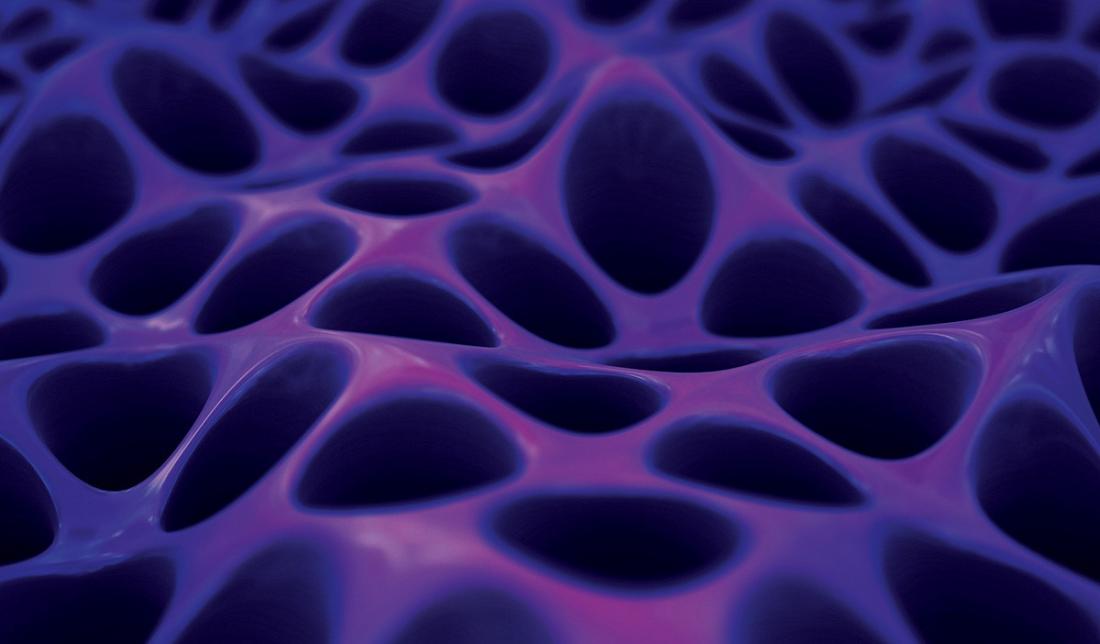This story is featured in the Asia Research News 2024 magazine. If you would like to receive regular research news, join our growing community.
Get the news in your inbox
Artificial structures called cellular materials have a network of internal spaces within a solid cell-like matrix. Their porous foam-like architecture combines advantages of low density with strength. Researchers at the National Institute for Materials Science (NIMS) and the University of Tsukuba in Japan have applied a form of generative artificial intelligence (AI) to develop a new and improved approach for designing cellular materials with precisely targeted porosity and stiffness. Their work is published in the journal Science and Technology of Advanced Materials.
“Unlike conventional approaches, our method does not rely on a designer’s experience,” says computational researcher Xiaoyang Zheng, first author of the research article. “We call it an inverse approach, because instead of initially proposing a design and then testing it, the system explores designs from a low-dimension feature space (i.e., latent space) and automatically generates a design with desired properties.” The research was supervised by Ikumu Watanabe at NIMS.
There are many possible applications, but the authors highlight the potential for using their method to design bone implants with a specific desired porosity, stiffness, and elasticity.
The computerised design process begins with a 3D geometric structure composed of discrete elements called voxels. A trained generative AI system, called a conditional generative adversarial network, is then used to generate the design of a 3D lattice with targeted properties. Real 3D materials corresponding to the suggested design are then constructed and tested experimentally, using 3D printed resins. Their behaviour was also investigated using computer simulations.
“Although we had earlier developed a similar 2D system, expanding it into 3D was challenging due to the massive computational effort required,” says Zheng. “Generating such 3D geometry designs is at the forefront of the state-of-the-art, not only in materials science but also AI research in general.”
In addition to the suggested use for making bone implants, the researchers point to potential advances in the wide range of applications in which cellular materials are currently used and also considered for future development. These include materials for soft robotics, soft electronics and switches, and electrochemical energy storage and conversion.
“The great feature of the approach is the diversity of solutions it can provide, generating many possible candidates for many different materials,” Zheng concludes.
Having demonstrated the system’s feasibility and potential, the team now plans to use it to explore a variety of advanced materials. As part of this work, they hope to extend the scope of the AI system so that it can target a wider variety of properties in the materials it designs.
Further information
Dr Ikumu Watanabe
[email protected]
National Institute for Materials Science
Dr Yasufumi Nakamichi
[email protected]
Science and Technology of Advanced Materials (STAM)
We welcome you to reproduce articles in Asia Research News 2024 provided appropriate credit is given to Asia Research News and the research institutions featured.




